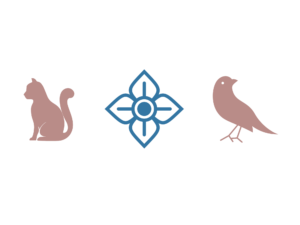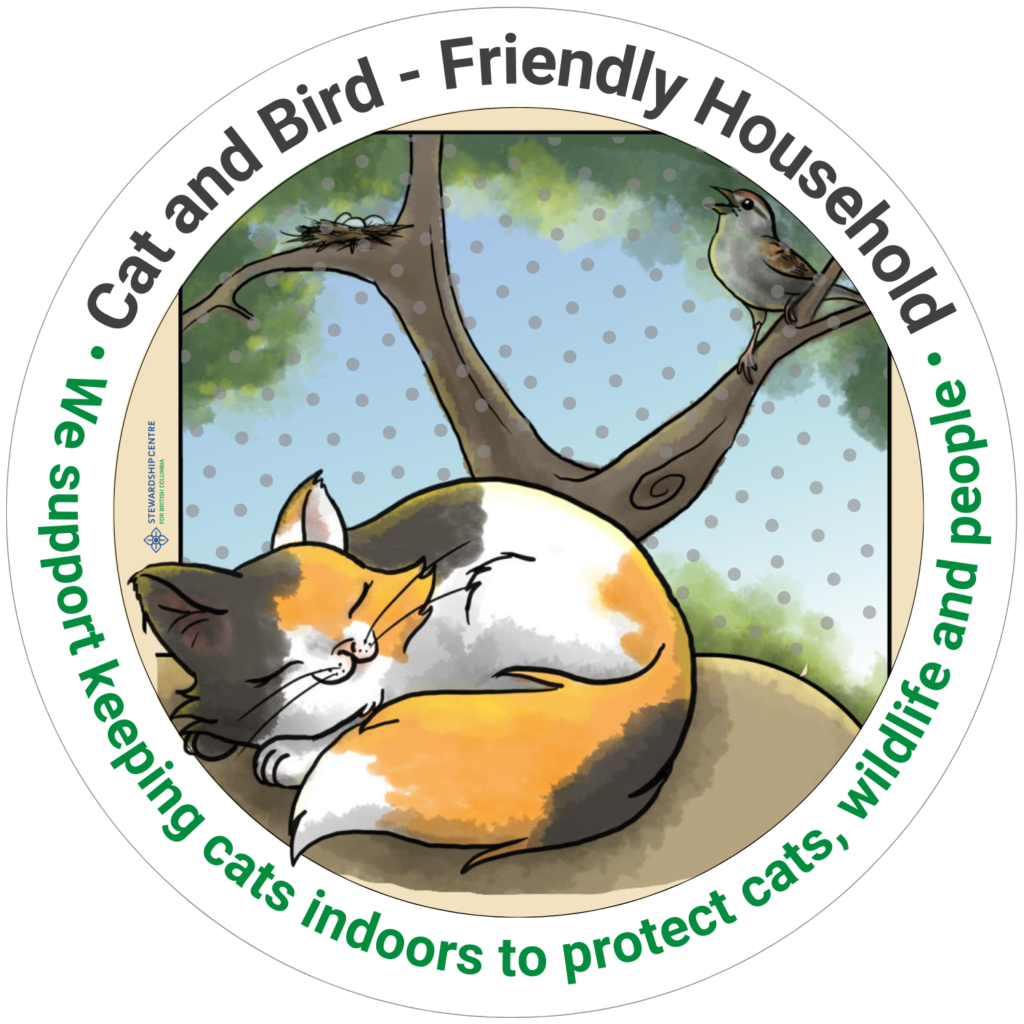Cats and Birds | Research Projects
Cats and Birds Research in the South Okanagan
Following the first of its kind research on Cats and Birds in Vancouver, Stewardship Centre for BC and its partners expand the research scope and launch the second collaborative research project to collect on-the-ground information about outdoor cats and birds in the South Okanagan region of British Columbia.
Using the standardized methodology and lessons learned from Vancouver-based Cats and Birds research, the primary investigator Olivia Wilson will collect data on the abundance and diversity of cats and birds in the South Okanagan valley in 2022. Results of Olivia’s research will help inform management plans for keeping cats and birds safe in the Okanagan region.
Meet the Research Team
This research project is conducted by Olivia Wilson, a M.Sc. student at the University of Northern British Columbia (UNBC), with guidance and support from her advisory committee at UNBC, Environment and Climate Change Canada, Stewardship Centre for BC and Cats and Birds project partners.
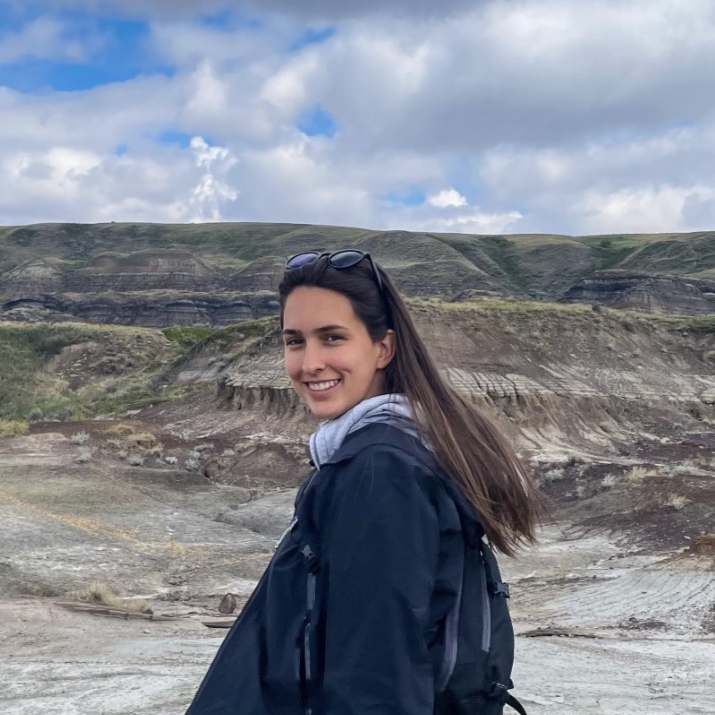
Olivia Wilson (She/Her)
Olivia completed her B.Sc. in Honours Biology at McMaster University in 2021, with a minor in Environmental Sciences. After graduation, Olivia has been involved in summarizing and analyzing the data from Vancouver Cat Count. In 2022, she was accepted to the University of Northern British Columbia to complete her Master’s in Natural Resources and Environmental Studies. Olivia’s research will involve estimating cat and bird abundance and occupancy in a variety of habitats in the South Okanagan, British Columbia.
Dr. Erin Baerwald, an Assistant Professor in the Ecosystem Science and Management Program at the University of Northern British Columbia, and Dr. Elizabeth Gow, a Research Scientist with Environment and Climate Change Canada, will co-supervise Olivia’s research.
Project Background
Domestic cats are a common companion animal in Canada, and although it is often recommended that cat owners keep their cats inside, many owners still allow their cats outside. In addition, many other cats (stray/feral) live outside and don’t have owners. In addition to being at risk when outside, cats have negative impacts on wildlife by hunting birds and bats, but where impacts may be highest are not well documented in the literature, and likely vary among ecosystems and environments. Multiple stakeholder groups are concerned about free-roaming cats. Most agree that reducing the number of free-roaming (outdoor) cats is beneficial for the environment, cat welfare, and human health.
The first critical step in addressing concerns surrounding free-roaming cats is to estimate their numbers at local scales to provide a baseline to aid in the development and assessment of future management strategies. The goal of this research project is to study roaming cats in the South Okanagan region of British Columbia and provide recommendations on priority areas for managing roaming cat populations and their impacts on birds and bats.
Project Objectives
The overall objective of this research is to determine the occupancy, abundance, and population size of free-roaming cats across a variety of land use areas in the south Okanagan Valley of British Columbia. In addition, the project will identify if cats occur in areas with species at risk and areas of high bird abundances or biodiversity, and examine cat behaviour outside bat roosts.
Project Location and Duration
The Okanagan Cat Count is conducted in the South Okanagan region of British Columbia, a traditional, ancestral and unceded territory of the Syilx Okanagan people.
The Okanagan valley is a unique seasonal desert ecosystem that features numerous bird and bat species at risk both federally and provincially. This project starts in March and ends in December 2022, and it takes place in Okanagan Falls, Oliver, and Osoyoos.
Project Methods
To locate, count and identify roaming cats, Olivia set up trail cameras across a variety of habitats featuring different land uses, including urban, peri-urban, agricultural, forest, and protected areas across four seasonal periods (spring, summer, fall, and winter).
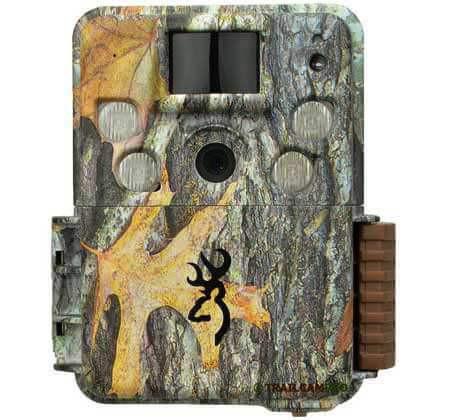
Trail cameras are a great non-invasive technology that allows researchers to detect and monitor animals, their behaviour and site use without direct physical contact. Once a camera is activated, its high-tech sensors take photos of any animals that come into the frame.
Please review our Field Safety and Privacy Management Protocols detailing COVID-19 safety protocols when installing and removing cameras as well as data security considerations of collected trail camera images.
Olivia will also assess the potential impacts of roaming cats on birds using point counts matched with the trial camera locations. Lastly, she will study the direct impacts of cats on bats by setting up trail cameras outside of known bat roosts (e.g. community bat condos).
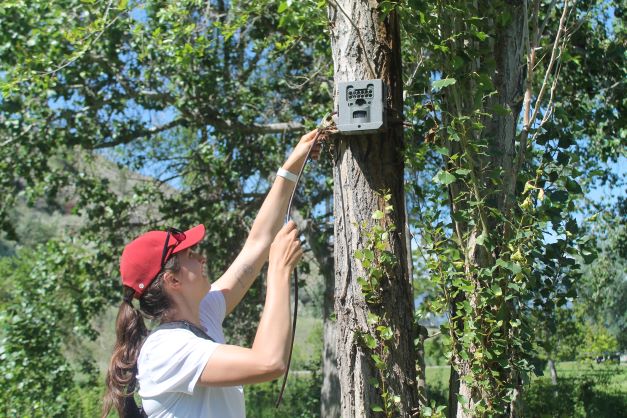
Olivia Wilson installing a trail camera to monitor outdoor cat activity at bat boxes (2022).
Research Importance
The South Okanagan valley contains some of the most diverse habitats and has a great abundance of native wildlife, both common and at-risk provincially and federally. To protect them, we must understand what risks they face. This research is the first study of roaming cats in Okanagan that aims to study impacts of roaming cats on local bats and birds.
This study was developed in partnership with the Stewardship Centre for BC to collect science-based information and identify priority areas for education and outreach about the issue. Furthermore, monitoring of roaming cats will help shed light on the abundance of cats in the valley and areas with higher roaming cat densities. Combined with the bird counts and monitoring at bat colony sites, this research will help determine where there are more species at risk of cat predation. Findings from this project can be used to inform development of educational outreach campaigns and cat management strategies for the region.
Project Partners and Funders
The Cats and Birds research in the South Okanagan is supported and funded by the Stewardship Centre for BC, Mitacs Accelerate Fellowship, University of Northern British Columbia and Environment and Climate Change Canada. The project is also supported by in-kind partners from the Vancouver Bird Advisory Committee’s Cats and Birds Advisory Sub-committee.
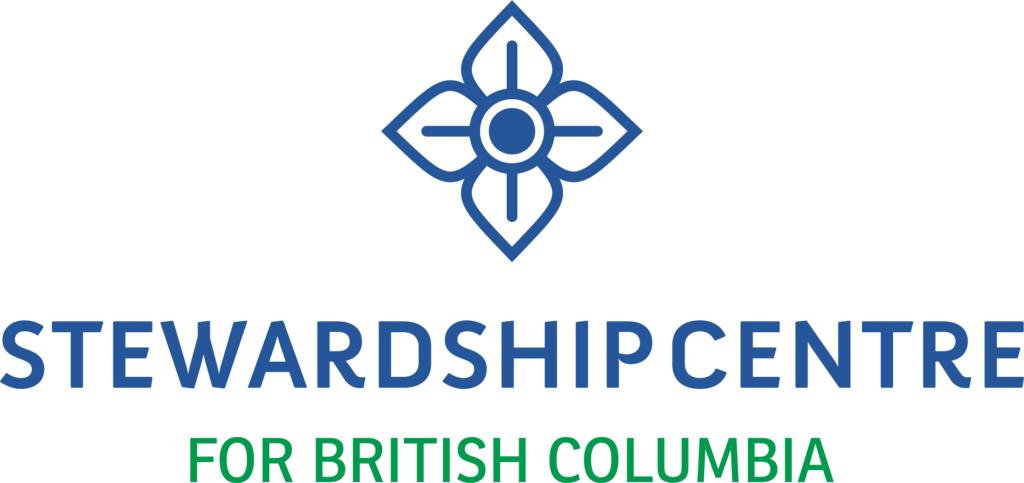


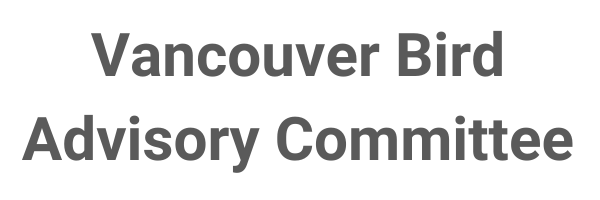

Stay Connected!
Subscribe to our quarterly e-newsletter and follow us on social media to receive tips, updates from the project and information about upcoming events and opportunities to be involved!

